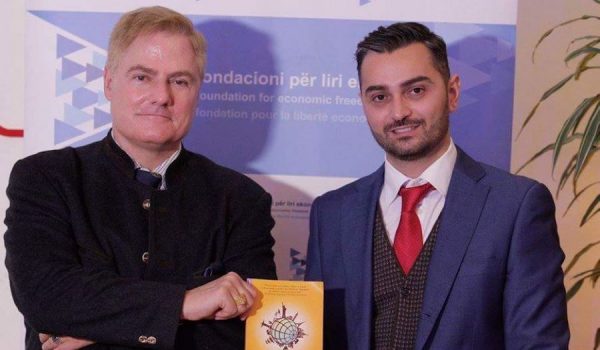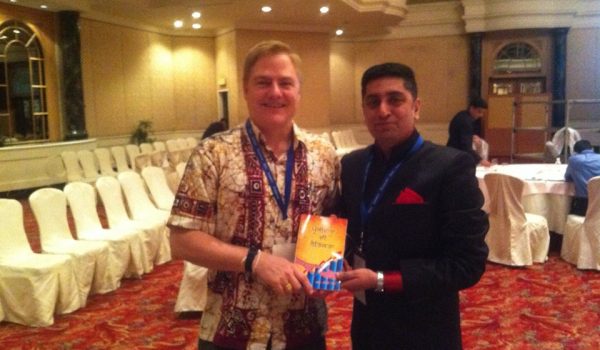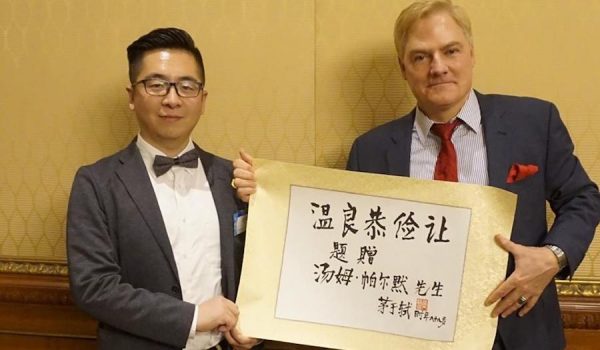I gave a lecture on globalization last night at the University of North Carolina, Chapel Hill and, while I was generally pleased by the conversation, I was disappointed in my response to one question. A young man posed to me the problem of “blood diamonds,” i.e., diamonds exported by vicious gangs and thugs in western and central Africa, who use the money to buy more guns, to cement their rule of terror over the local population, and so on. It’s an important issue, and I only gave half of the answer I should have given. I should have started by pointing out that making a case for restricting trade in one commodity that is used to support terrorism is hardly a blow against the case for freedom of trade generally; it says nothing about whether people should be forbidden to buy soybeans from producers in other countries, or computer chips, or toys, or insurance services. If a rule admits of an exception, that does not mean that the there should be no rule at all. It’s the same problem that is raised by critics of property as a solution to environmental problems when they ask, “Well, can property rights solve the problems with the ozone layer?” The answer is, “I don’t know, but that doesn’t mean that if property can’t solve that problem, it mustn’t be allowed to solve the other 97 percent of problems to which it is clearly the best solution.” If a drug can cure 16 diseases, but not the 17th, that’s not really a good reason to reject it as a therapy for those 16, unless some other drug works better for the 16 and can cure the 17th, as well. But that’s clearly not the case with respect to property solutions to water, air, and ground pollution, for which there is really no better state-centered solution.
In any case, the answer I did give was really only the second half of a good answer. I should have made the point above first, but instead I suggested that we think about the relationship between intentions and consequences. The intention of cutting off the flow of money to terrorist gangs passes muster, but the next question is, “Do these controls and solutions achieve that end?” If not, then some other solution should be sought. This merely enraged the questioner, who made it clear (and explicit) that he wasn’t interested in whether the solutions work, since we “have to do something now.” I compared the issue with that of slave liberation in Sudan, where northern slave traders capture southerners and then force them to work in agriculture, as sex slaves, and the like. Some (mainly Christian) groups in the west have been paying ransom to liberate those slaves. Others with experience in the region have criticized that practice for simply increasing the incentives to continue the practice, because they are creating a larger market for slaves, who can be captured in order to sell to well intentioned slave liberators. I don’t know which solution is best, despite the fact that both sides in the debate clearly have the best interests of the slaves at heart. Their intentions are good; the question is whether their solutions generate the best consequences. But since I am rooted in the Enlightenment tradition of studying cause and effect, rather than symbols of intent and magic, my response enraged the questioner, who stormed out. I think the answer I gave was a good one, but it could have been so much better had I prefaced it by getting the questioner to concede that an exception for blood diamonds does not undermine the rule that people should be free to trade goods and services that are not involved in the financing of terrorism.









